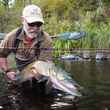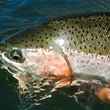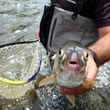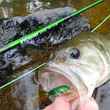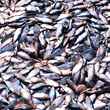Though it seems like this year's Fly Fishing Show tour just finished up, the folks at The Fly Fishing Show have already gotten their ducks in line and put together next year's show calendar. This year's shows were said to be the most successful in the show's history, with record attendance and a great deal of positive feedback from show goers on the excellent floor displays, guest presentations, the IF4 film tour and more.
Locations for the 2015 shows are unchanged from this year and the schedule also remains roughly the same, with the one exception being that the Denver show will be held a week later this year to avoid conflicts with New Years Eve/Day.
Here are the dates for the 2015 Fly Fishing Shows:




